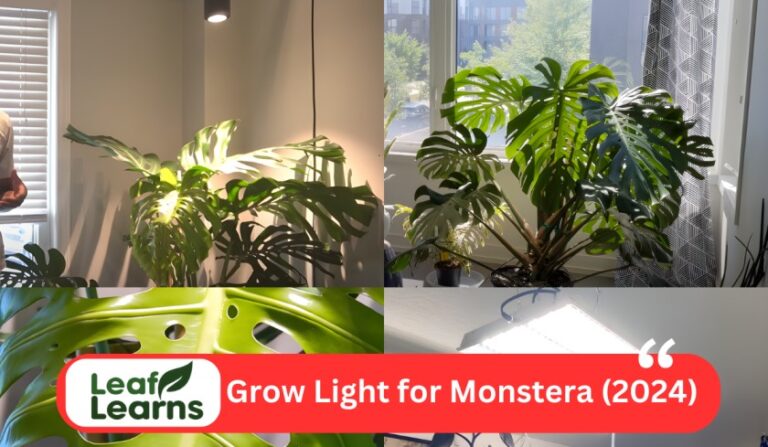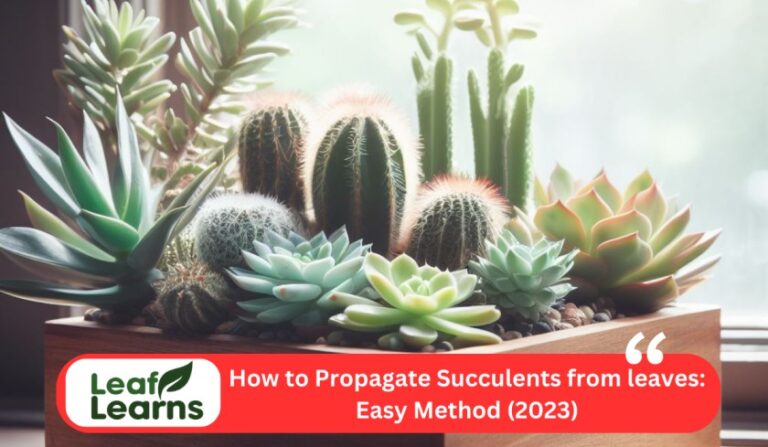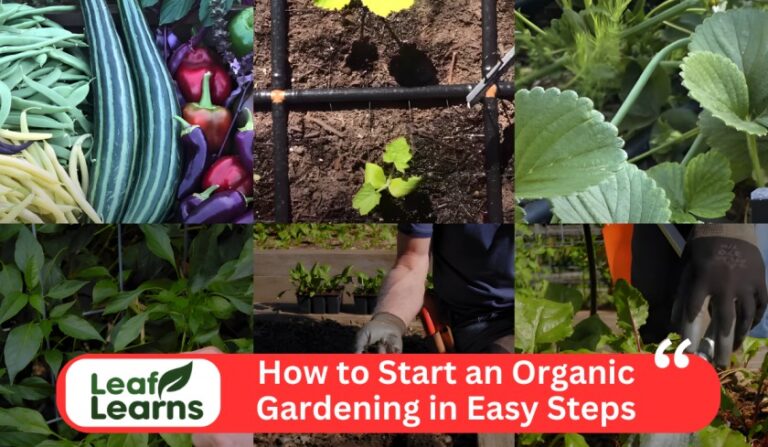12 Essential Fall Indoor Plant Care Tips (2023)
For your indoor plants to stay healthy and vibrant during fall, then fall indoor plant care tips is essential. With the right maintenance, your plants will keep growing and filter the air in your home when the seasons change and the amount of light decreases.

Your plants will be better able to adjust to changing conditions and avoid stress and potential pest infestations with regular maintenance procedures like changing watering and lighting conditions.
Additionally, by promoting vibrant and colorful the leaves, fall indoor plant care improves the appearance of your living environment. Overall, it improves indoor air quality and produces a more relaxing, peaceful environment, making your house a more healthy and attractive space.
Contents
- 1 Bring Plants Indoors
- 2 Decrease Watering
- 3 Provide the Right Level of Light
- 4 Increase the Humidity
- 5 Wean Them Off Fertilizer
- 6 Foliage Dieback
- 7 Stop Feeding Your Plants
- 8 Prune Off the Dead Stuff
- 9 Don’t Repot Your Plant If Necessary
- 10 Monitor For Bugs
- 11 Place Them Away From Drafty Areas
- 12 Use a humidifier in the same room where your plants are located
- 13 Mastering Fall Indoor Plant Care Tips for Healthy, Thriving Greenery
- 14 FAQs
Bring Plants Indoors
It’s time to move your outside plants inside once the crisp autumn air hits. Make sure they are properly checked for any undesirable bugs that may have traveled with them to ensure a seamless transition.
Once inside, place each plant where it will receive the proper amount of light and make sure to clean the pots and the space around it to avoid pests from setting up shop.
Decrease Watering
Indoor plants often require less water in the autumn. The soil takes longer to dry out at cooler temperatures and lower light levels.
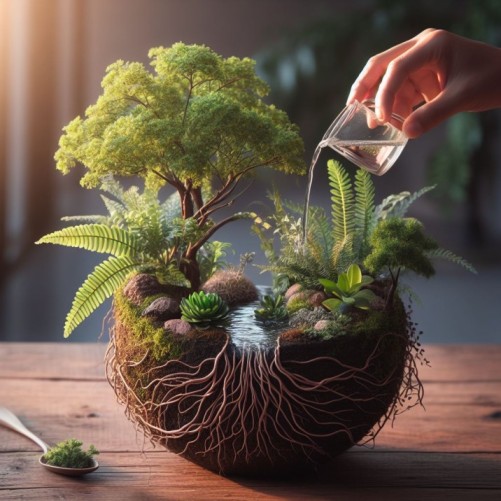
By waiting until the top inch of soil has dried before watering, you may adjust your watering plan accordingly.
Root rot and other problems might result from overwatering during this time of year. Always examine the exact watering requirements for your plant.
Provide the Right Level of Light
Indoor plants require enough illumination, and when the days become shorter in the autumn, you’ll need to move them around.
Plants that enjoy direct, bright light should be put next to windows that get plenty of sunlight, while those that perform well in dim lighting should be placed further away from the light source.
You can choose the ideal location by watching how your plants respond to the available light.
Increase the Humidity
It might become dry inside throughout the autumn as indoor heating systems turn on, which can stress your plants. Boost humidity levels to combat this.
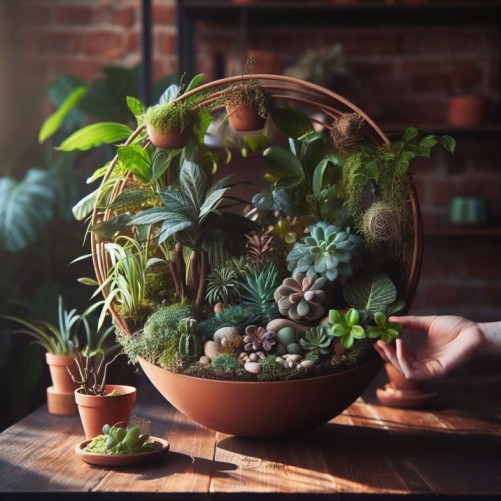
The appropriate moisture levels for your indoor flora may be maintained by grouping plants together, utilizing a humidity tray, or adding a humidifier to the space.
Wean Them Off Fertilizer
It’s better to cease feeding your plants in the autumn because of the slower pace of development. During this time, fertilizing might result in nutritional imbalances and other problems.
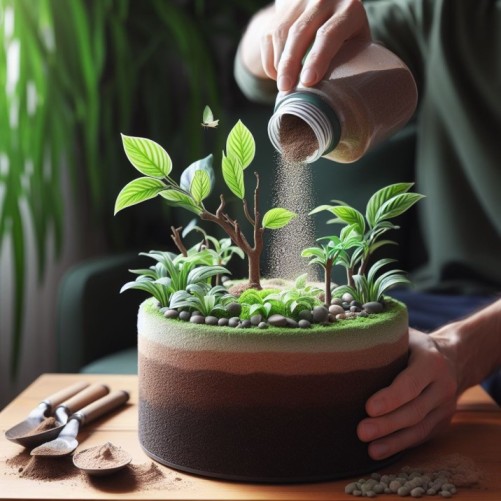
Let your plants go into a state of hibernation instead, which will replicate their natural cycle. When they start to exhibit signs of vigorous development in the spring, fertilizing can be resumed.
Foliage Dieback
Indoor plants frequently undergo some leaf dieback in the autumn. This is a typical reaction to an environment that is changing.
Trim off any yellowing or dead leaves to solve this. This not only enhances the look of the plant but also promotes strong new growth.
Stop Feeding Your Plants
Your indoor plants should stop receiving fertilizers in the autumn. They require less nutrients because of the slowing of their development.
So it’s advisable to take a break from your usual feeding schedule until the spring when the growing season resumes.
By doing this, you may prevent your plants from overfeeding them, which can result in nutritional imbalances and other problems.
Prune Off the Dead Stuff
You could see some dieback of the leaves as your indoor plants adapt to the autumn season.
Remove any dead or yellowing leaves to maintain the healthiest development and greatest appearance for your plants.
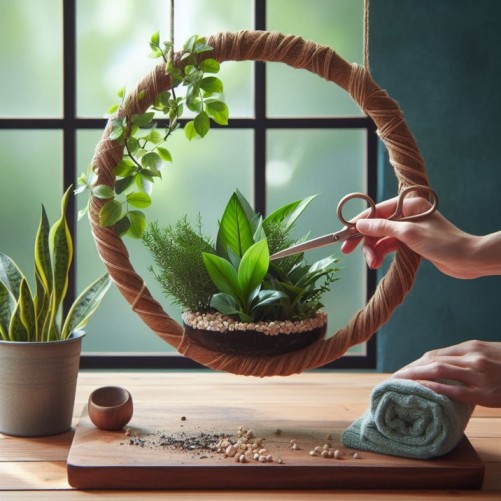
This not only improves their beauty but also distributes the vitality of the plant to the areas where it is most required, resulting in a robust and lively inside garden.
Don’t Repot Your Plant If Necessary
Repotting is often not best done in the autumn. Repotting is best left until the spring growth season unless it is absolutely essential due to root-bound plants or other urgent difficulties.
Repotting may be stressful for plants, but when done when they are actively growing, they are more robust and likely to recover successfully. This is the best Fall Indoor Plant Care Tips.
Monitor For Bugs
Some indoor pests may become more active as the seasons change. Keep an eye out for any indications of infection on your plants, such as yellowing leaves, webs, or small insects.
If you find pests, take immediate action to eliminate them using non-toxic pesticides or natural solutions to avoid additional issues.
Place Them Away From Drafty Areas
Make sure your indoor plants are placed away from draughty locations, such as open windows or doors when the weather cools.
Your plants might get stressed by sudden temperature changes and droughts, which increases their susceptibility to problems.
Place them in a secure setting so they may keep themselves healthy all through the autumn. So this is all the Fall Indoor Plant Care Tips.
Use a humidifier in the same room where your plants are located
For your indoor plants to continue to thrive in the autumn, humidity is essential.
Consider using a humidifier in the same room as your plants to maintain the proper moisture levels, especially as indoor heating dries the air.
Your green friends will be better able to adapt to the season changes and maintain their health and vitality in a more stable environment as a result.

Mastering Fall Indoor Plant Care Tips for Healthy, Thriving Greenery
When it comes to Fall Indoor Plant Care, it’s essential to gather a variety of plant care tips to ensure the well-being of your indoor tree, succulent, or money plant. Whether it’s tall indoor plants that thrive during the cooler months or the more delicate orchids and jade plants, having a comprehensive plant care guide is invaluable.
Beginners often wonder about basic plant care tips, while experienced indoor plant technicians are well-versed in houseplant care tips. As the leaves on your indoor plants might be turning brown, don’t worry; with the right plant health tips, you can address the issue.
Fall indoor plant care might seem daunting with so many options like the fall indoor plant care tip jar, kit, or box, but with a mix of these care tips, you can ensure that your indoor jungle remains lush, no matter what the season brings.
FAQs
Why is Fall Indoor Plant Care Important?
The care you provide your indoor plants in the autumn will help them survive and preserve their air-purifying qualities while they adjust to the changing weather.
What is the Impact of Decreasing Watering in Fall?
As the plants’ natural growth rate slows in the autumn, it is crucial to reduce watering to avoid overwatering and problems like root rot.
How Can Providing the Right Level of Light Benefit Your Plants?
The right lighting settings will guarantee that your indoor plants get the illumination they need to thrive healthily, even when the number of sunshine hours decreases in the autumn.
Why Should You Increase Humidity for Indoor Plants in the Fall?
Increasing humidity is crucial because it helps maintain ideal moisture levels and keeps your plants healthy by decreasing stress when indoor heating dries the air during the autumn.

